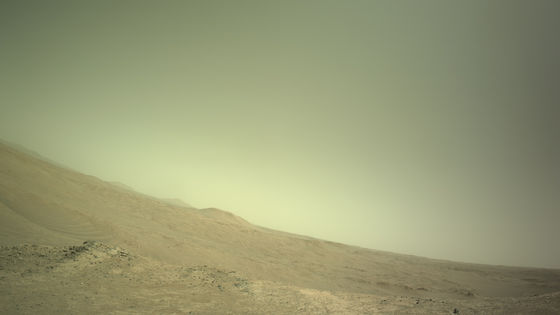Computer simulations suggest it may have rained on ancient Mars

Mars has a dry surface, but
Landscape Evolution Models of Incision on Mars: Implications for the Ancient Climate - Steckel - 2025 - Journal of Geophysical Research: Planets - Wiley Online Library
https://agupubs.onlinelibrary.wiley.com/doi/abs/10.1029/2024JE008637
Scientists find subtle clues ancient Mars had rainy days, too | Mashable
https://mashable.com/article/ancient-mars-rain-snow-evidence

In a paper published in the Geophysical Research Journal Planets, Amanda V. Steckel of the Department of Geological Sciences at the University of Colorado Boulder and her colleagues digitized a portion of Mars and ran computer simulations to test different climate scenarios, including what the landscape would look like thousands of years from now if widespread rain and snow were to fall on the planet.
As a result, when there was a fair amount of precipitation, valleys and streams formed in many areas, whereas when the only source of water was melting polar ice rather than precipitation, valleys only formed close to where ice masses would have been.
The researchers compared the simulation data with actual images of Mars captured by a NASA spacecraft from orbit, and found that the topography of the Martian surface, which was actually formed by rain and snow, more closely matched the simulation results.

'The valleys seen on Mars cover a fairly wide range of elevations, so they are difficult to explain based on the long-held idea that early Mars was very cold and mostly covered with ice,' Steckel said. 'But if we consider that precipitation occurred over a large area of Mars, that explains them.'
However, the research team is not yet fully clear how Mars managed to stay warm enough for rain and snow to fall. In particular, the early sun is thought to have been about 25% dimmer than it is today, so it is a mystery why Mars, which was a colder planet than it is today, would have had a water source other than melted ice. 'Many mysteries remain about the conditions of early Mars, but without rain, the surface of Mars as we know it today would not have been possible,' said geologist Brian Hynek, co-author of the study.
Related Posts:
in Science, Posted by log1e_dh







